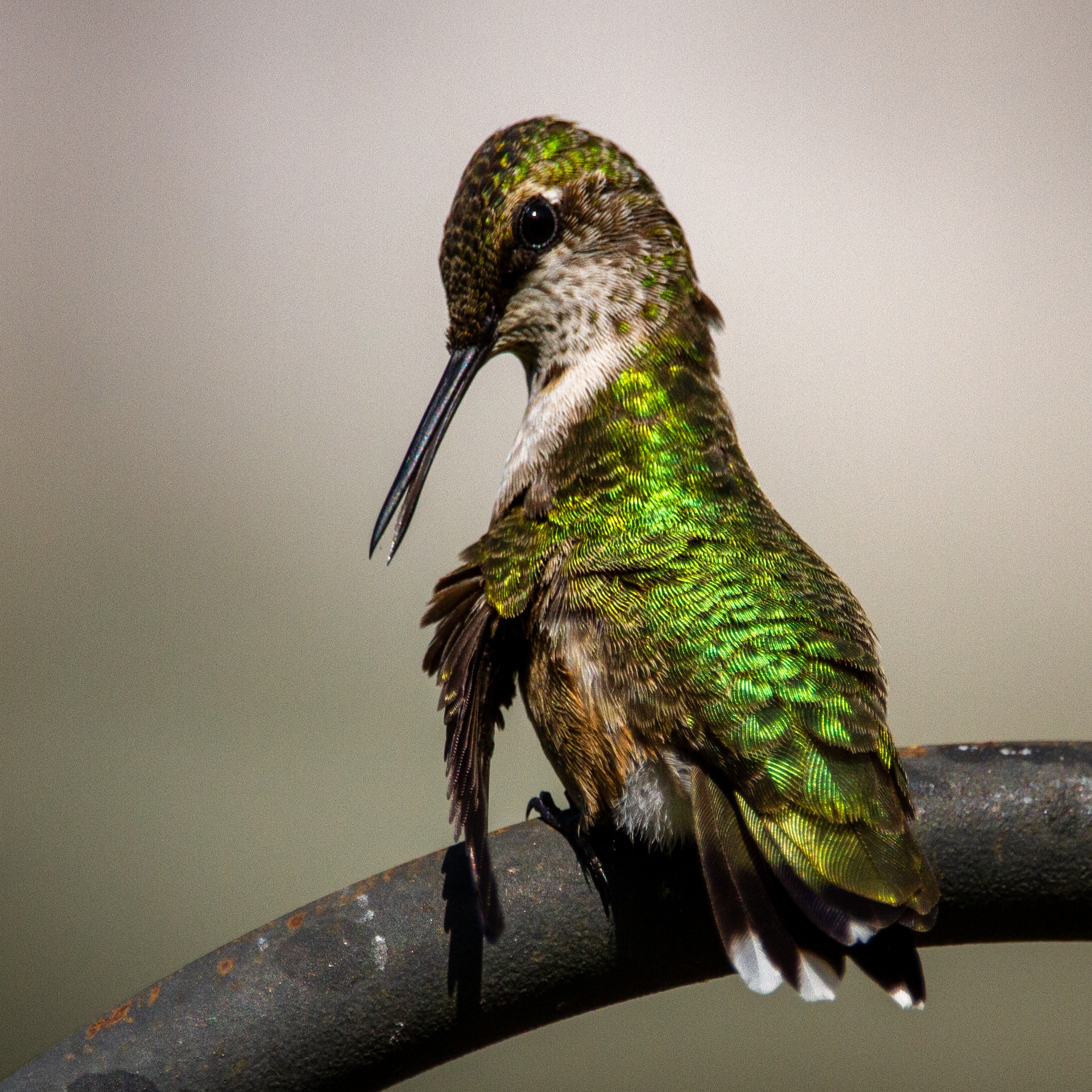When to Set Up Your Hummingbird Feeder
The arrival of hummingbirds is eagerly anticipated by bird enthusiasts across the United States. Their appearance often marks a shift in season, and setting up your hummingbird feeder at the right time is crucial for attracting these fast-flying beauties.
Most commonly, hummingbirds will start to arrive in southern states such as Florida and Texas as early as February. Bird enthusiasts in states like New York and Michigan may have to wait until May to welcome these feathered guests. According to birdfeederhub.com, each state has its own unique timeline relating to when hummingbirds typically arrive, so it’s recommended that you reference this guide for specific dates.
Keeping a personal bird journal to record the first sightings each year is an excellent way to anticipate their return in subsequent years. By noting these arrival dates, feeding patterns and departure times, over time, you will build a robust source of information that can be shared with fellow birding enthusiasts.
Selecting an Ideal Spot for Your Hummingbird Feeder
The location of your feeder significantly influences how many birds you attract. Shaded areas are desirable because they help the nectar in the feeder remain fresh for longer.
If hummingbirds aren’t attracted to the current feeder position, it is recommended to try different heights or move the feeder to a place where it’s more visible. For instance, locating it near flower beds can be enticing to the birds.
On another note, thespruce.com advises that striving to position the feeder at a safe distance from windows could help avert fatal bird-window crashes. Additionally, the feeder setup should ideally be in a location that’s easily observable for you to enjoy these birds.
Understanding the Hummingbirds’ Daily Feeding Schedule
Knowing when hummingbirds feed becomes pivotal when you’re trying to attract them to your yard. Hummingbirds are known to visit feeders in the early morning hours, particularly within the first hour after sunrise. Shortly after sunrise, they engage in a feeding frenzy to replenish energy expended during the night.
Their metabolism is so high that they must eat frequently throughout the day, making their final feeding trip just before dark. Feeders should be checked and refilled regularly to provide a consistent sugar source, especially during times of peak demand such as when babies are feeding or during migration.
Stopping and Tracking Hummingbird Feeding; Assisting Late Migrators
Logically, you might think to stop feeding hummingbirds as summer comes to an end. However, birdsandblooms.com finds that keeping at least one feeder filled late into the season can assist late migrators who are still passing through.
This doesn’t mean hummingbirds will stay longer because food is available; they will leave when their internal migration clock tells them to. Similarly, stopping feeding won’t force hummingbirds to leave prematurely.
As a bird watcher, you can play an influential role in conservation by tracking hummingbird migrations. Recording data such as the number of birds seen, feeding habits, and favorite feeder locations could provide useful information for wider scientific studies.
In conclusion, feeding and observing hummingbirds is a rewarding experience that bonds us with nature. By following the guidance outlined in this hummingbird feeding guide, you can play a part in supporting these remarkable creatures while enhancing your bird-watching experience.
<small>Image source: https://unsplash.com/photos/green-and-black-bird-on-brown-branch-8nyycOwirwg </small>

